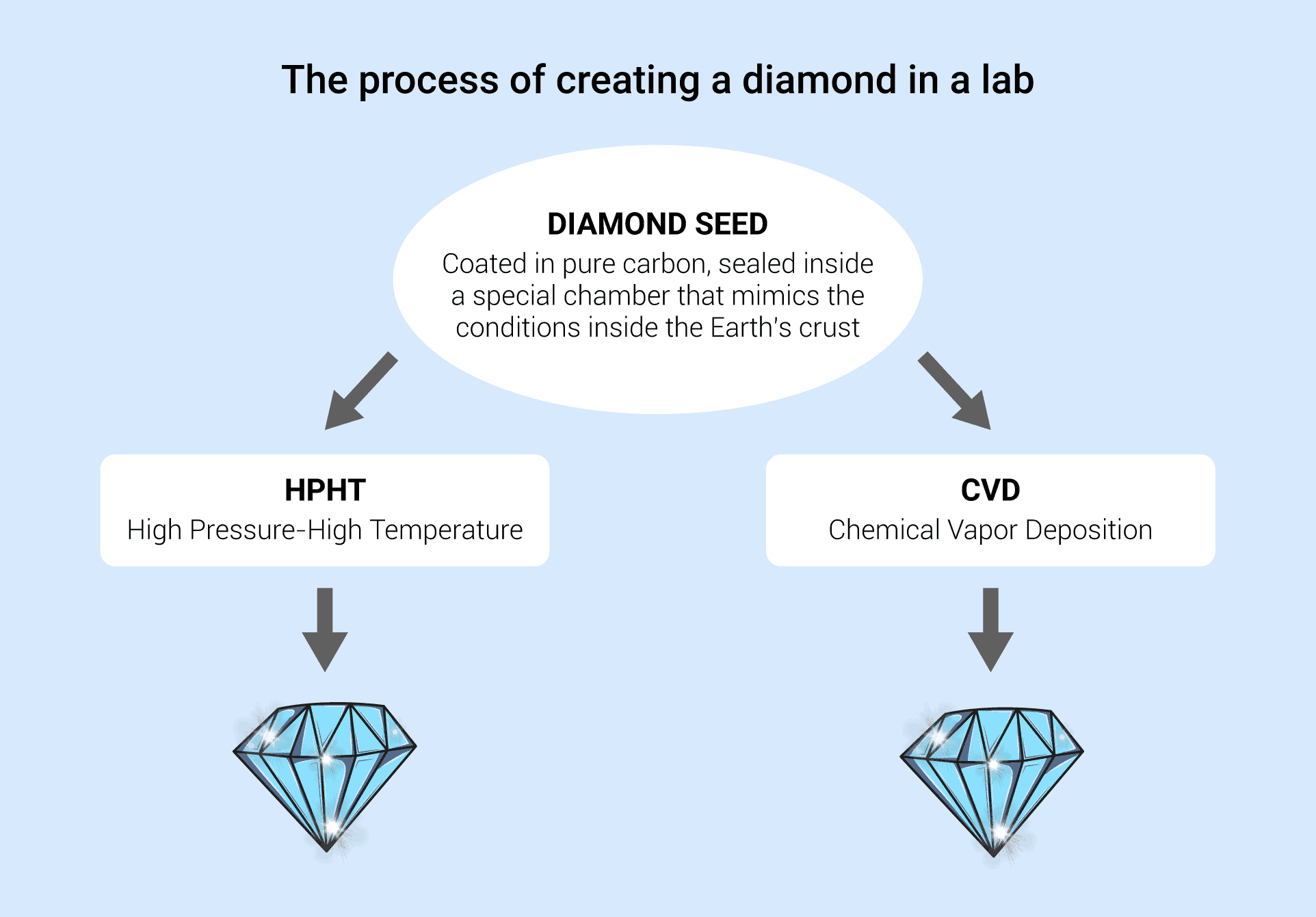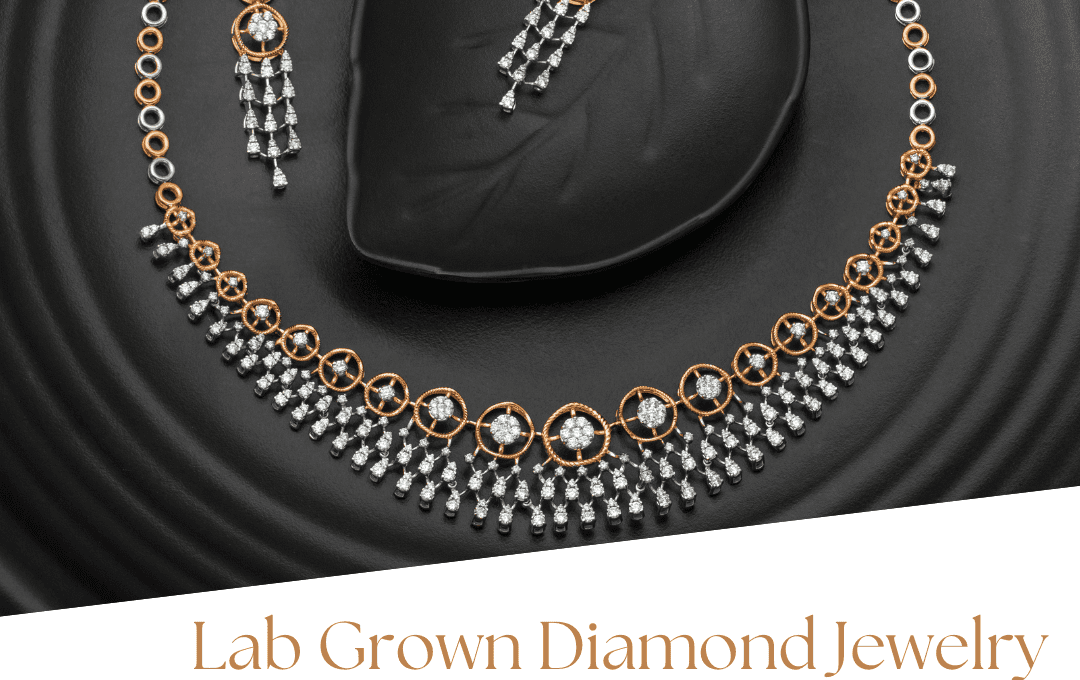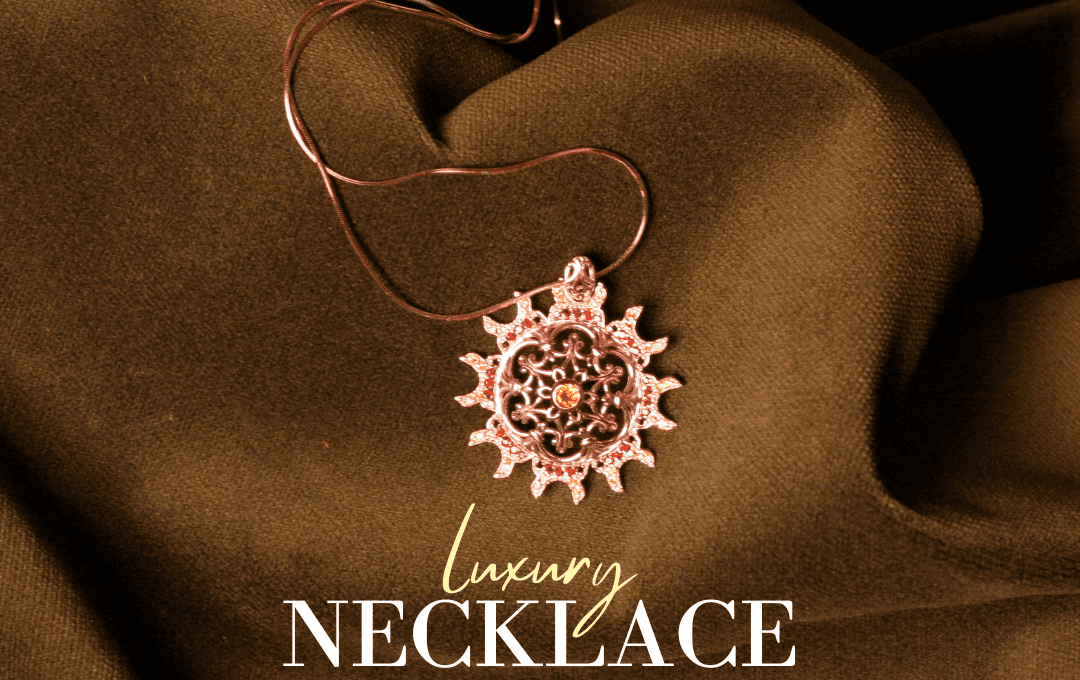

The Marvel of Creation: How Lab-Grown Diamonds Are Made
Diamonds are renowned for their unparalleled beauty and rarity, captivating the hearts of countless individuals. While natural diamonds are a product of the Earth’s geological processes over millions of years, technological advancements have paved the way for an innovative alternative: lab-grown diamonds. Let’s delve into the fascinating process of creating these exquisite gems and explore the wonders of lab-grown diamond production.
1. Seed Creation
The process begins by selecting a tiny diamond fragment, known as a “seed.” This seed acts as the foundation for the growth of the lab-grown diamond. The seed is introduced into a chamber that replicates the extreme conditions found deep within the Earth’s mantle, where natural diamonds are formed.
2. Chemical Vapor Deposition (CVD)
One of the most common methods used to create lab-grown diamonds is Chemical Vapor Deposition (CVD). In this process, a mixture of hydrocarbon gas, such as methane, is introduced into the chamber. The gas is then ignited, creating a plasma environment.


3. Carbon Absorption and Diamond Formation
The heated plasma breaks down the hydrocarbon gas into its elemental components. Carbon atoms are released and absorbed by the seed diamond, layer by layer, gradually enhancing its size and forming a new diamond crystal.
4. Slow and Steady Growth
The growth of lab-grown diamonds is a slow and steady process. Over the course of weeks or months, the diamond crystal continues to grow as carbon atoms adhere to its surface. Constant monitoring and control of temperature, pressure, and gas composition ensure the creation of high-quality diamonds.
5. Cutting and Polishing
Once the lab-grown diamond reaches its desired size, it is carefully removed from the growth chamber. Skilled artisans then cut and facet the diamond using traditional techniques to bring out its maximum brilliance and beauty. The cutting process focuses on creating precise proportions and facets that optimize light reflection and refraction.


6. Grading and Certification
To ensure transparency and confidence in the market, lab-grown diamonds are rigorously graded and certified by reputable gemological laboratories, such as the Gemological Institute of America (GIA). These grading reports provide detailed information about the diamond’s color, cut, clarity, and carat weight, allowing consumers to make informed purchasing decisions.
Why Choose Lab-Grown Diamonds?
Lab-grown diamonds offer numerous advantages. As sustainable and ethical alternatives to mined diamonds, lab-grown diamonds have a minimal environmental footprint and eliminate concerns related to human rights abuses and exploitative mining practices. They possess the same exquisite beauty, brilliance, and durability as natural diamonds. Additionally, lab-grown diamonds offer a wider range of colors and sizes, providing endless options for personalization.
The creation of lab-grown diamonds is a testament to human ingenuity and technological progress, enabling us to obtain these remarkable gemstones in a responsible and sustainable manner. As you explore the world of lab-grown diamonds, marvel at the intricate and precise process that brings these captivating gems to life, celebrating not only their beauty but also the ethical and futuristic path they pave.


